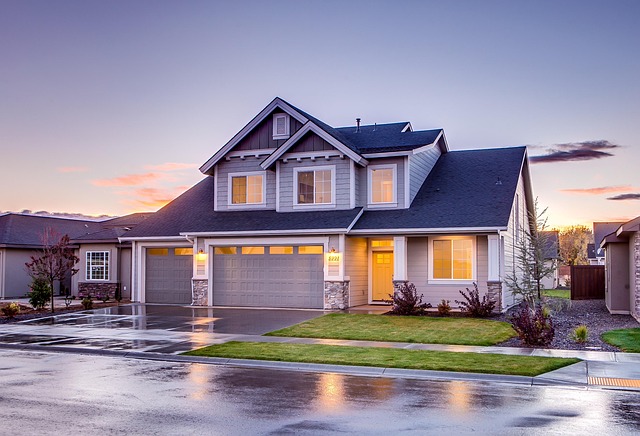The Untapped Potential of Mixed-Use Real Estate
In the ever-changing landscape of real estate investment, mixed-use properties are becoming an increasingly popular choice. These unique spaces – which combine residential, commercial, and sometimes even industrial sectors – offer a fresh and innovative approach to property investment. This article delves into the world of mixed-use real estate, examining its history, current market trends, and the potential impact it could have on investors and the broader property market.

The Evolution of Mixed-Use Properties
The concept of mixed-use properties is not new. Historically, mom-and-pop stores with apartments above were a common sight in many towns and cities. However, in the mid-20th century, zoning laws began to separate residential and commercial spaces, leading to the distinct sectors we see today. Recently, there has been a resurgence in the appeal of mixed-use properties, particularly in urban areas, as developers and investors recognize their potential for revenue diversification and increased foot traffic.
Current Market Trends and Financial Insights
According to a report by the Urban Land Institute, mixed-use developments are projected to increase by up to 30% over the next five years. Several factors contribute to this growth, including urbanization, demographic shifts, and changes in consumer behavior. Mixed-use properties often attract millennials who value convenience and proximity to amenities. In terms of financial performance, these properties can provide a more stable income stream by balancing the volatility of different sectors.
Advantages and Challenges of Mixed-Use Real Estate
Like any investment, mixed-use properties come with their own set of advantages and challenges. On the plus side, they offer investors a way to diversify their portfolio within a single property. They can also cater to changing market needs by adjusting the ratio of residential to commercial space. However, these properties can be more complex to manage, requiring a nuanced understanding of multiple sectors. Financing can also be more challenging, as lenders may perceive a higher risk due to the property’s multiple uses.
Potential Impact on Buyers, Sellers, and Investors
For buyers and sellers, mixed-use properties can offer an attractive proposition. Residents can enjoy the convenience of having shops and services on their doorstep, while businesses can benefit from the built-in customer base. For investors, these properties represent a unique opportunity to tap into multiple real estate sectors simultaneously. However, as with any investment, due diligence is vital. Understanding the local market, zoning laws, and the specific demands of managing a mixed-use property are all crucial to success.
The Future of Mixed-Use Real Estate
The future of mixed-use real estate looks promising. As urbanization continues and consumer preferences evolve, the demand for these properties is likely to grow. However, their success will depend on thoughtful design, effective management, and the ability to adapt to changing market conditions.
In conclusion, mixed-use real estate represents a unique and potentially lucrative investment opportunity. By understanding the advantages, challenges, and potential impacts, investors can make informed decisions and potentially reap significant rewards.





